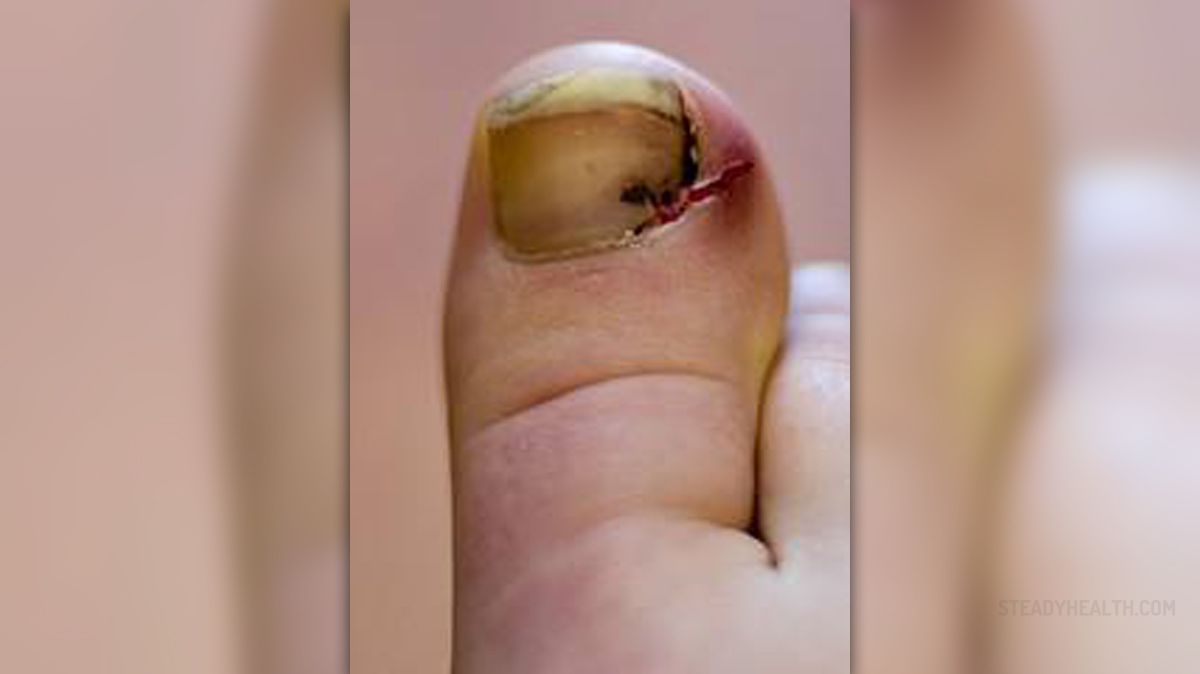
Nail fungus infection is the most common disease that affects the nails. About half of all nail abnormalities are actually caused by different type of fungus. Sometimes it may be very hard to distinguish if the change on the nail is actually caused by fungal infection. However, each of these problems shares certain common features with others. Nail fungus is medically known as onychomycosis or Dermatophytic onychomicosis, but many other names also apply, including ringworm of the nail and tinea unguium.
Signs and symptoms of nail fungus
Nail fungus usually cause dramatic changes in the visual appearance of nails. The nail plate is usually thickened, once when it is affected with fungus. It may become yellowish and cloudy. Normal nail plate is thin and transparent, allowing for the view on skin beneath the nail. Patient will not feel any pain or other unpleasant symptoms, unless the disease reaches a very severe level, which is extremely rare. Typically, the nails will become rough and crumbly and skin around the nail may start forming into lesions.
Prevention of nail fungus
To prevent nail fungus, one should become aware of what actually causes the infection. In this case, the causative pathogens include Dermatophytes, Candida, and nondermatophytic molds. Dermatophytes are fungi, and these are generally found in temperate western countries. Candida and nondermatophytic molds are typical for summer infections and found in tropics and subtropics with hot and humid climates.
Toenail fungus usually spreads from toe to toe or from person to person. One is at the highest risk whenever he or she is visiting a public area, especially if it involves dark or humid conditions. Public showers, locker rooms, swimming pools and changing rooms are places where fungi grow and thieve. These places provide a lot of warmth and humidity, which helps fungi to grow at the higher rate.
Therefore, if one is visiting public places, it is important to always wear shoes. People should not expose their bare feet to warm and damp places, since the risk of infection here increases dramatically.
Another good way to save your feet from infection is to douse them with talcum powder after bathing. This practice helps to prevent excessive moisture on feet. Shoes and socks provide a suitable environment for fungal growth. If you allow the excess moisture, you will expose yourself to more risk.
A good tip for women is to always remove the old layer of nail polish before applying the new one. Adding layers of nail polish one on top of another will increase the risk of fungal infection.




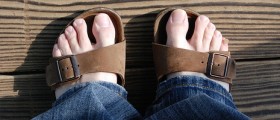
_f_280x120.jpg)
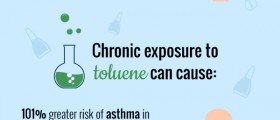
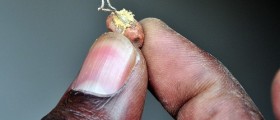
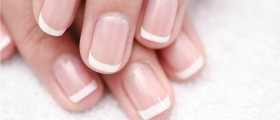
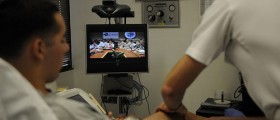


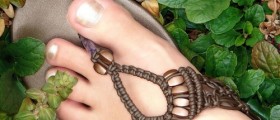
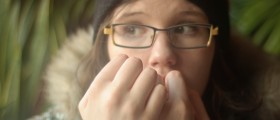
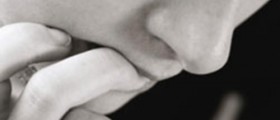

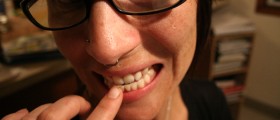
Your thoughts on this
Loading...